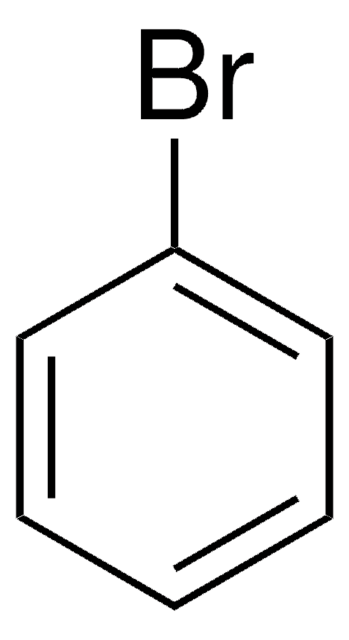254118
Magnesium
chips, 6-35 mesh, 99.98% trace metals basis
Synonym(s):
Magnesium element
About This Item
Recommended Products
vapor pressure
1 mmHg ( 621 °C)
Quality Level
assay
99.98% trace metals basis
form
chips
autoignition temp.
950 °F
reaction suitability
reagent type: reductant
resistivity
4.46 μΩ-cm, 20°C
particle size
6-35 mesh
bp
1090 °C (lit.)
mp
648 °C (lit.)
density
1.74 g/mL at 25 °C (lit.)
SMILES string
[Mg]
InChI
1S/Mg
InChI key
FYYHWMGAXLPEAU-UHFFFAOYSA-N
Looking for similar products? Visit Product Comparison Guide
General description
Application
- Overview of advancement and development trend on magnesium alloy: This review presents global research advancements on magnesium alloys from 2013 to 2018, highlighting significant trends and developments in the field (Xu et al., 2019).
- Research advances of magnesium and magnesium alloys worldwide in 2021: The article reviews the latest research advancements in magnesium and its alloys, focusing on their applications and technological developments (Song et al., 2022).
- The role and significance of Magnesium in modern day research-A review: This comprehensive review covers the various applications and properties of magnesium, highlighting its significance in modern research and technology (Prasad et al., 2022).
signalword
Danger
hcodes
Hazard Classifications
Flam. Sol. 1 - Self-heat. 1 - Water-react 2
Storage Class
4.2 - Pyrophoric and self-heating hazardous materials
wgk_germany
nwg
flash_point_f
Not applicable
flash_point_c
Not applicable
ppe
Eyeshields, Faceshields, Gloves, type P3 (EN 143) respirator cartridges
Choose from one of the most recent versions:
Already Own This Product?
Find documentation for the products that you have recently purchased in the Document Library.
Customers Also Viewed
Articles
Mechanochemical Effect of Severe Plastic Deformations: Metal Alloys, Hydrides and Molecular Solids
In recent years, the price of tellurium, a key component in the bestperforming thermoelectric materials, has increased significantly, leading to the question, “Is it economically viable to produce thermoelectric generators on an industrial scale?
The price of tellurium, a key component in many thermoelectric materials, has risen in recent years, leading to the search for more cost-effective substitutes. This article presents silicide materials as a cheaper potential alternative.
Global Trade Item Number
| SKU | GTIN |
|---|---|
| 254118-250G | 4061825982816 |
| 254118-1KG | 4061825982809 |
| 254118-25G |
Our team of scientists has experience in all areas of research including Life Science, Material Science, Chemical Synthesis, Chromatography, Analytical and many others.
Contact Technical Service





